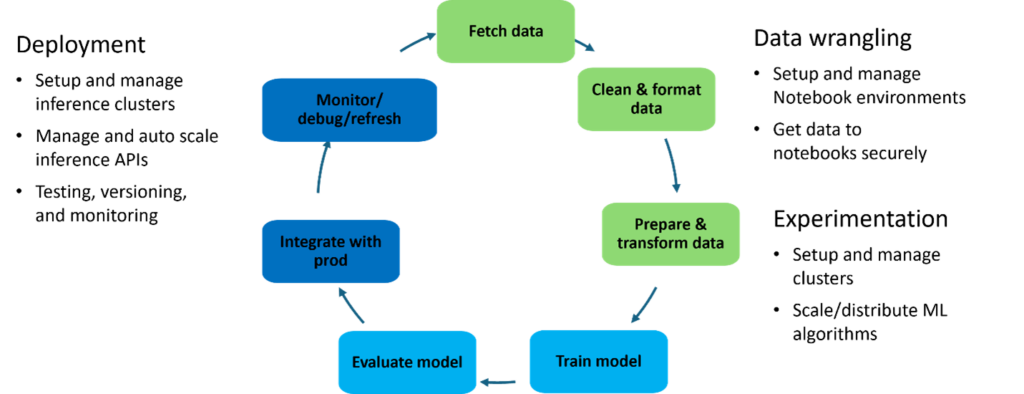In 2018, a group explored machine learning in gaming, recognizing the need for a new processor. Various companies showcased AI accelerators, including Arm (3 TOPS), Ceva (16×16 matrix math), Imagination (160 TOPS), Intel (1,024 TOPS), and Nvidia (30 TOPS). Since then, new products have emerged, such as Arm’s Ethos-U, Imagination’s AI processing, Intel’s NPU 4, and Nvidia’s Blackwell. AI has become increasingly prominent in gaming, with generative AI and transformers gaining in popularity.

Six years ago, a group gathered at GDC to explore the exploitation of machine learning in gaming.
In those days, AI was called machine learning; it was kind of pedestrian and not sexy.
But, the ideas for enhancing and differentiating gaming through the use of ML, beyond the traditional use case of in-game intelligence, was (and still is) irresistible. Even then, however, we knew a new processor was needed. As much as we loved (and continue to love) the GPU, an ASIC seemed appealing. And so we looked at some of them.

And the question of the day was, is ML (i.e., AI) too complicated for everyday developers?

In 2018, Arm’s ML processor bragged of delivering greater than 3 TOPS.
Ceva then bragged about its 16×16 arithmetic (i.e., matrix math) unit and pointed out that an 8-bit integer was good enough.
Imagination claimed its series 3NX Neural Network Accelerator could hit 160 TOPS running 8-bit integer.
Intel was just introducing its Nervana processor, the NNP-T1000, and said it would achieve 1,024 TOPS using 16-bit FP.
In 2018, Nvidia offered the Xavier processor based on an Armv8 and Volta GPU, which the company claimed could hit 30 TOPS at int8.
Ceva has moved to image processing and does not seem to be pushing commodity AI processing.
Since then, Arm has released its Ethos-U NPU, and Imagination is promoting AI processing on its RISC-V, GPUs, and NNA processors.
Intel ended Nervana in 2020 and is now promoting its NPU 4, which can reach 48 TOPs.
Nvidia is bringing out its Blackwell, which the company claims will reach 20 PFLOPS at int8.
During the past six years, we’ve seen generative AI (first introduced in the 1960s) become popular in 2020 and the re-introduction of transformers for LLMs and GPT-3.
AI has totally burrowed its way into gaming, with real-time high-resolution ray tracing being the most visible (no pun) aspect of it.
There isn’t a specific date when machine learning was renamed to AI. Rather, the increased use of AI instead of machine learning in recent years seems to be due to a few factors.
In the broader scope: AI is an umbrella term that encompasses machine learning and other related technologies. As the field has expanded, AI has become a more inclusive term to describe a wider range of intelligent systems and approaches.